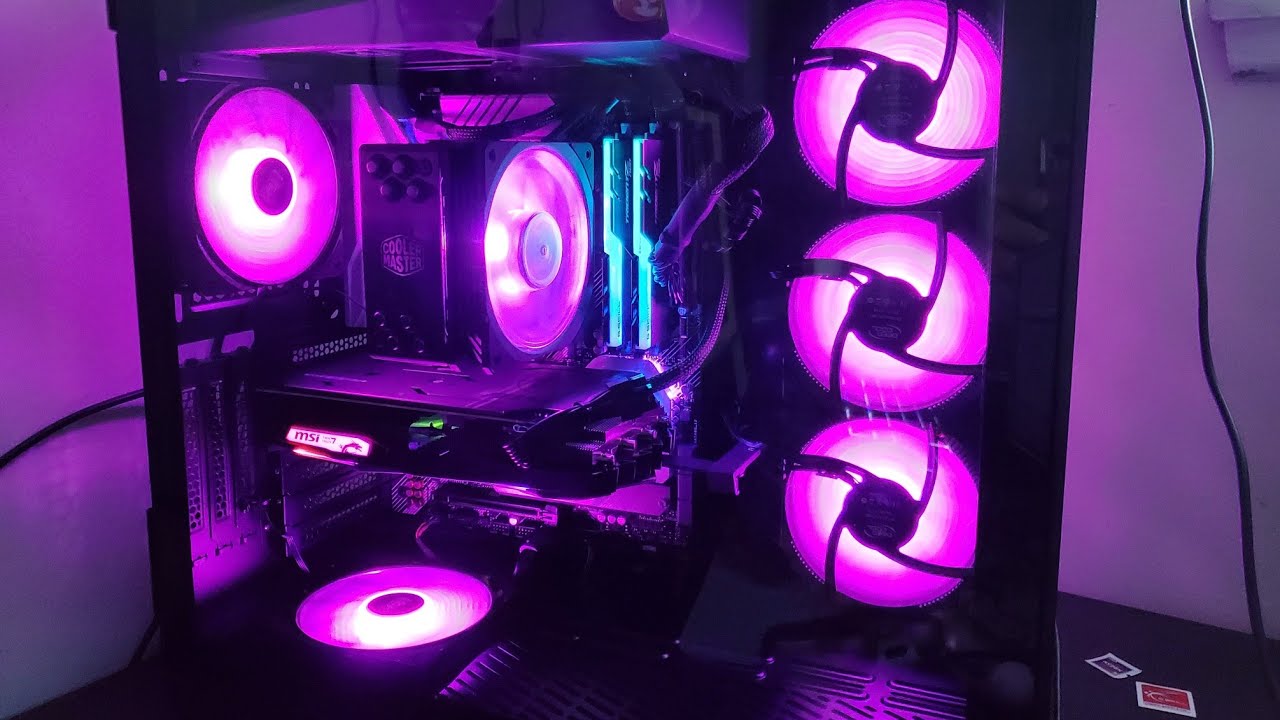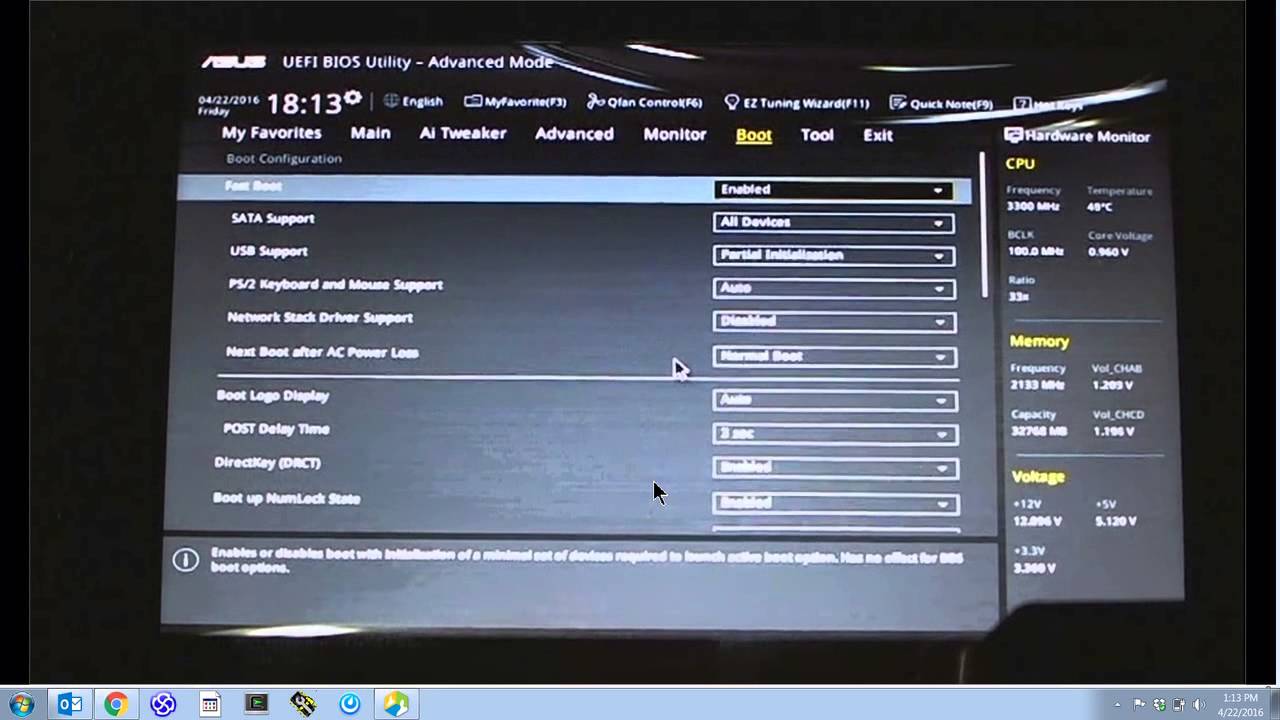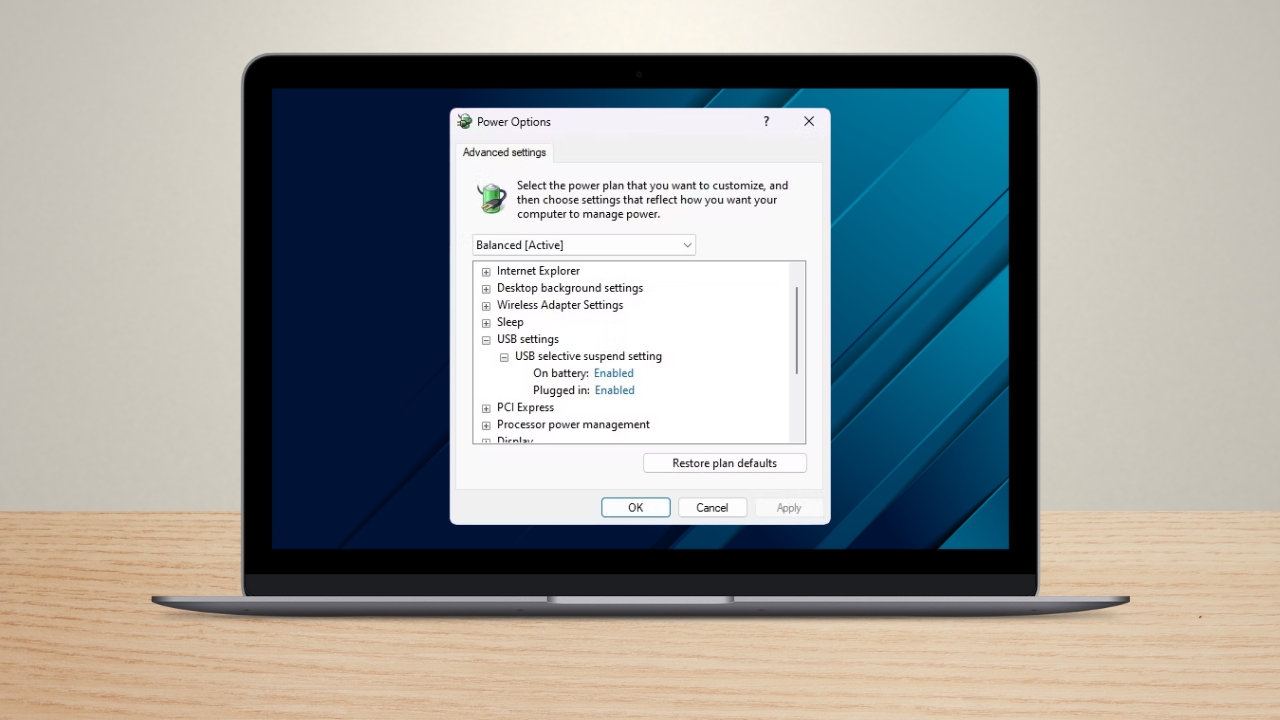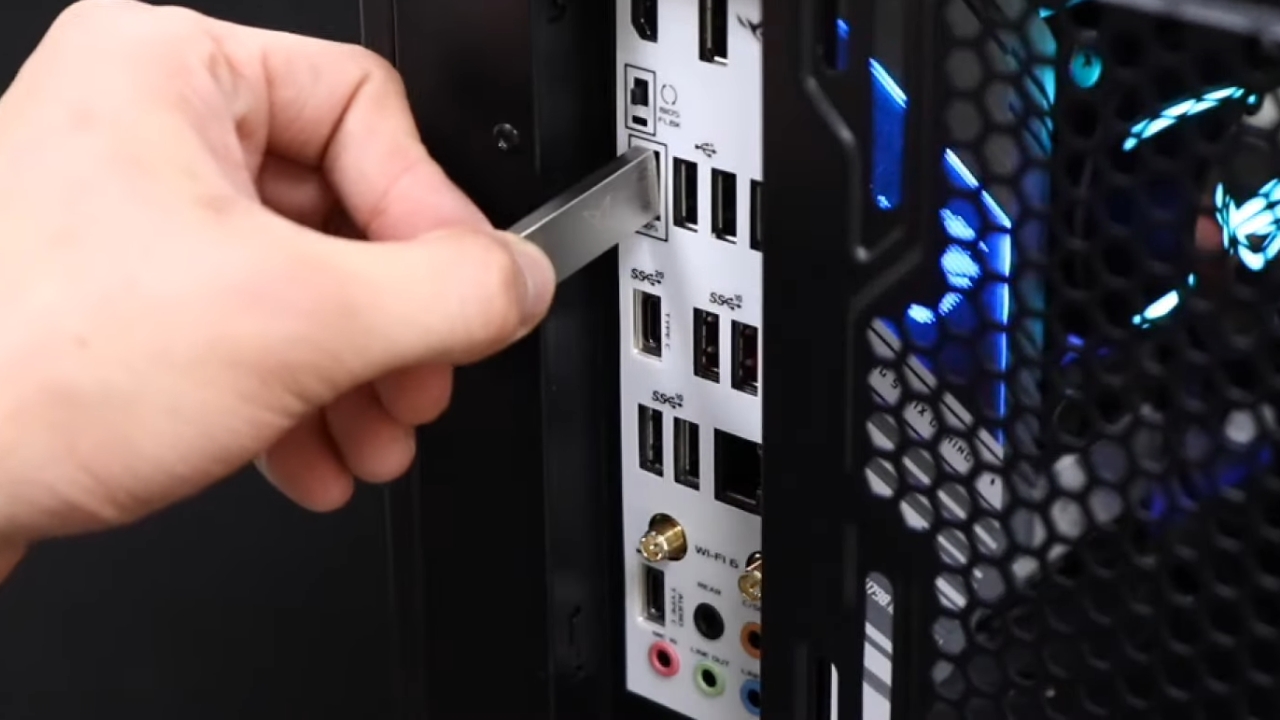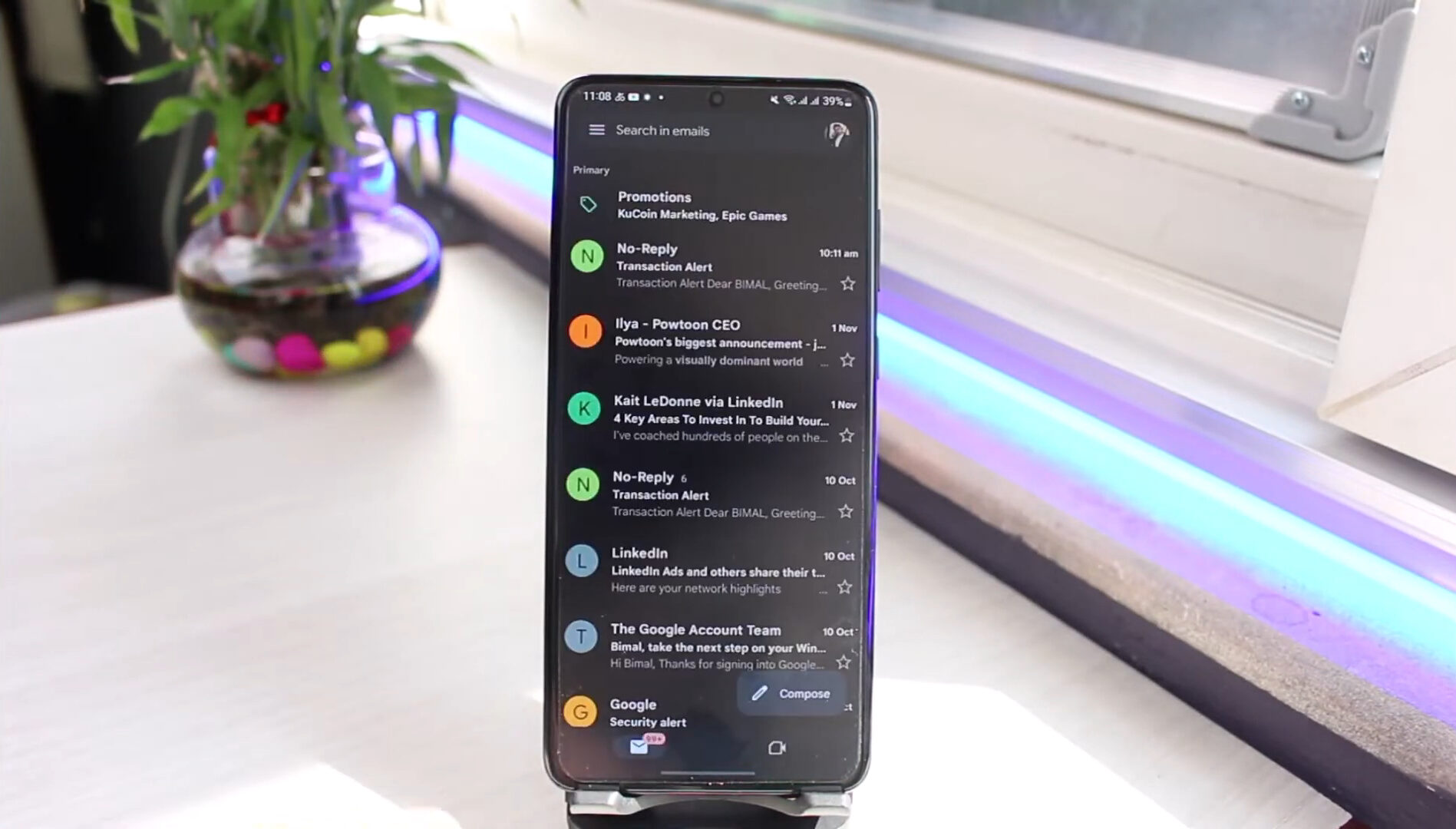
Share Post:
This setting allows your system to power down individual USB ports when they are not in use, which can save energy and prolong battery life, particularly important for laptop users.
For many, the primary concern is whether to enable or disable this feature. If you frequently use USB-connected devices such as external hard drives or printers, you might find it beneficial to disable the setting to maintain continuous connections.
On the other hand, enabling USB selective suspend can help conserve battery life by reducing power consumption when USB devices are idle.
Overview

USB Selective Suspend is a power management feature in Windows operating systems.
It allows the system to suspend individual USB ports without affecting other USB ports.
This helps conserve power, especially on portable devices like laptops and tablets.
When to Turn It On or Off
On Battery Power
Enabling USB Selective Suspend can help extend battery life by reducing power consumption. This feature suspends idle USB ports, thus conserving energy.
However, users should be cautious if they rely on USB devices that need continuous power, like external drives or USB Wi-Fi adapters. In such cases, suspending the devices might disrupt their operation. Balance power-saving benefits against the necessity for uninterrupted USB device functionality.
When Plugged In
When a laptop or desktop is plugged into an electrical outlet, the need for power conservation is significantly reduced. It’s often preferable to disable USB Selective Suspend in this scenario to ensure that all USB devices remain fully operational.
For stationary workstations or devices frequently used with USB peripherals, disabling the feature can improve performance and stability. Since power is not a concern, maintaining constant USB device activity can enhance user experience and productivity.
For Different Device Scenarios
On the other hand, for gaming rigs or workstations using peripheral-intensive setups, maintaining constant USB activity is essential. Disabling the feature can help avoid interruptions in connectivity for devices like gaming controllers, webcams, and external storage.
In enterprise environments where data transfer security and device availability are priorities, keeping USB Selective Suspend disabled ensures all devices receive adequate power. The trade-off is a higher power consumption, which is often justified by the need for reliability.
Key Benefits
- Energy Efficiency: By suspending inactive USB ports, power consumption is reduced.
- Extended Battery Life: For portable devices, extended battery life is achieved through lower power usage.
- Enhanced Device Performance: Systems may run more efficiently by directing power to active components.
How It Works

Selective Suspend uses the USB Core Stack, which supports a modified Universal Serial Bus Specification referred to as “selective suspend.”
This allows the Hub Driver to manage power by suspending specific ports.
Customization
Users can enable or disable the feature through the Power Options menu:
- Open Power Options: Press Win + R, type powercfg.cpl, and press Enter.
- Change Plan Settings: Select your power plan and click “Change plan settings.”
- Advanced Settings: Click on “Change advanced power settings.”
- USB Settings: Expand the USB settings section and find the USB selective suspend setting.
- Adjust Settings: Set to “Enabled” or “Disabled” based on your needs.
Considerations
- On Battery: For laptops, consider setting it to “Enabled” to save battery.
- Plugged In: If using a desktop, you might prefer to set it to “Disabled” to ensure all USB ports are active.
These adjustments can significantly impact device performance and battery life.
Advantages of USB Selective Suspend

1. Energy Efficiency
By deactivating idle USB ports, energy consumption is reduced. Less power draw means lower costs and a smaller environmental footprint. This feature is especially valuable in enterprise environments where multiple workstations operate simultaneously.
Furthermore, it ensures that only essential devices remain active, avoiding unnecessary power consumption.
2. Prolonging Battery Life
For portable devices like laptops and tablets, this setting can substantially extend battery longevity. It helps users avoid frequent recharging, ensuring the device lasts longer throughout the day.
In scenarios where power outlets are scarce, such as during travel, this feature becomes invaluable.
3. Reducing Heat Output
By selectively suspending these components, the overall temperature of the system can be kept in check. Lower heat output mitigates the risk of overheating, helping to prevent thermal throttling and potential hardware damage.
This improves the longevity of the device and ensures a stable performance, especially in high-stress environments.
By managing power more efficiently, the USB Selective Suspend supports cooler operation of electronic devices.
Disadvantages of USB Selective Suspend

1. Potential Device Malfunction
Certain older devices are more prone to this problem. They may not fully support USB Selective Suspend, causing frequent interruptions. For business environments, this could result in lost productivity and frustration.
Prolonged use of USB Selective Suspend can even affect the hardware. Continuous switching between active and suspended states can reduce the lifespan of some components.
2. Interrupted Data Transfers
For professionals handling large amounts of data, this becomes a critical issue. Interruptions during data transfers can lead to significant data loss. Users could face delays in their work, needing to restart the transfer process multiple times.
In environments where data integrity is crucial, such as in medical or financial fields, this can have serious consequences.
3. Incompatibility Issues
Users might need to disable USB Selective Suspend to ensure these devices work correctly. This can involve navigating through power settings, which may not be straightforward for all users.
Incompatibilities can also result in system errors or crashes. Users may experience these problems without understanding the cause, leading to unnecessary troubleshooting and support calls.
Addressing these incompatibility issues often requires technical support, adding to IT costs and downtime.
Accessing Power Options

To change the USB Selective Suspend Setting, users must first access the Power Options. This can be done in several ways, but the most direct method is by pressing Win + R to open the Run dialog. Typing powercfg.cpl and pressing Enter will open the Control Panel’s Power Options.
Here, users need to select Change plan settings for their current power plan. Then, click Change advanced power settings. This will bring up a new window with various advanced power settings.
Enabling or Disabling the Feature
Once inside the advanced power settings window, users should locate the USB settings section and expand it by clicking the plus (+) sign. Within this section, expand the USB selective suspend setting.
Users will see options for both On Battery and Plugged In if they are using a laptop or tablet. Users can set these options to Enabled or Disabled based on their needs. It’s essential to click Apply and then OK to save any changes made.
Considering Device Types
Different device types can influence whether this setting should be enabled or disabled. For instance, on a laptop, enabling USB Selective Suspend can help save battery life by suspending USB devices that are not active. On a desktop, this feature may have less impact on power consumption but can help in reducing the workload on the system.
For USB devices like external hard drives or USB hubs, disabling the setting can prevent disconnections and ensure better performance.
If you’re using USB for BIOS Flashback, it’s crucial to ensure that selective suspend is disabled to avoid interruptions during the firmware update process. Conversely, keeping it enabled can help avoid unnecessary power usage on unused ports.
By taking these factors into account, users can decide the best configuration for their needs, ensuring a balance between power efficiency and device performance.
USB Device Responsiveness

When the setting is enabled, some devices may have a slight lag in reconnecting after being suspended. For devices that need to be always on and responsive, such as external drives or mice, this can be inconvenient.
However, enabling it for less frequently used devices—like printers or scanners—can help save power without noticeable performance degradation. Some advanced configurations allow you to set different behaviors for different devices, enabling more granular control.
Key Points
- Devices may take longer to wake up from a suspended state.
- Less critical devices benefit most from the power-saving setting.
- Regularly used devices might require this setting to remain disabled.
Understanding these impacts helps in making an informed decision that balances power savings with the need for device responsiveness.
Troubleshooting Common Issues

1. Devices Not Recognized
Sometimes, when USB selective suspend is enabled, devices connected via USB may not be recognized by the computer. To fix this issue:
- Disable USB selective suspend: Access the power options by typing powercfg.cpl in the Run dialog.
- Navigate through: Go to “Change plan settings” > “Change advanced power settings” > “USB settings” > “USB selective suspend setting.”
- Set to Disabled: Apply the changes.
2. Intermittent Connectivity
USB devices may experience intermittent connectivity if the selective suspend setting is toggled.
- Check Power Settings: Make sure the USB selective suspend is set correctly based on the device’s power plan.
- Update Drivers: Ensure all USB drivers are up-to-date.
3. Performance Issues
Performance issues, like slow data transfer rates, can occur.
- Disable USB selective suspend: This can sometimes resolve performance-related problems.
- Change Ports: Switching to a different USB port may help if the issue persists.
4. Device Not Charging
Some users report their devices not charging when connected.
- Toggle USB selective suspend: Switching the setting to ‘Disabled’ can help rectify this.
- Alternative Charging Methods: Use other ports or direct adapters if the problem continues.
5. Error Messages
Occasional error messages related to USB functionality may appear.
- Review Device Manager: Check for error icons and update or reinstall drivers.
- Power Management Settings: Adjust the settings in the device’s properties under Device Manager.

